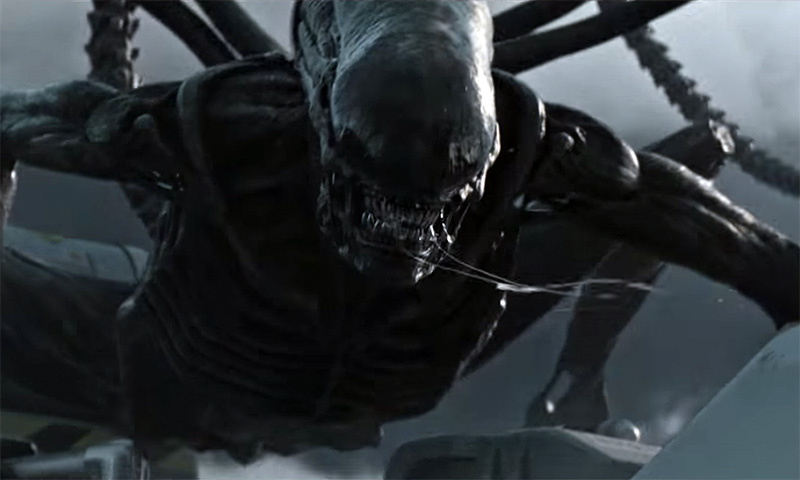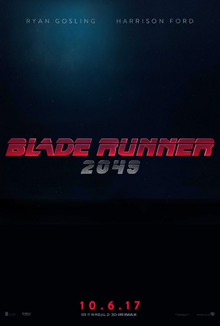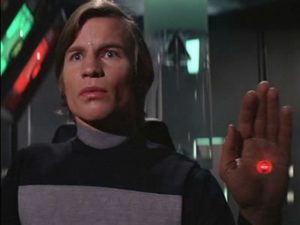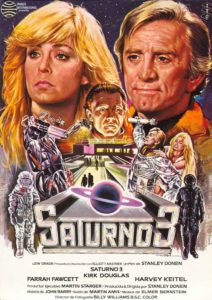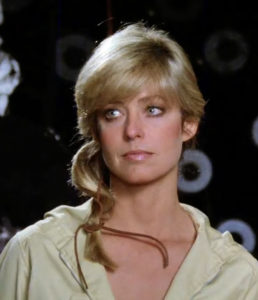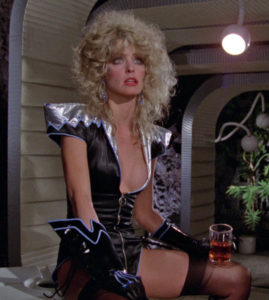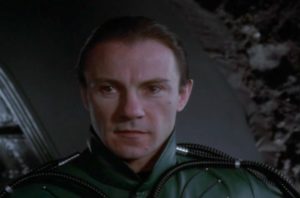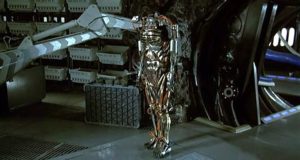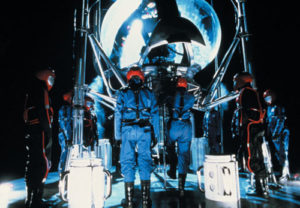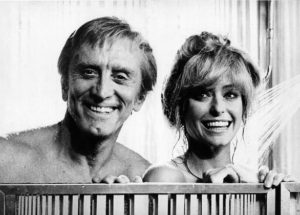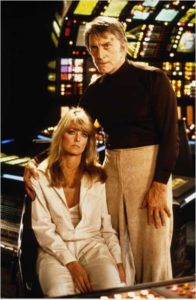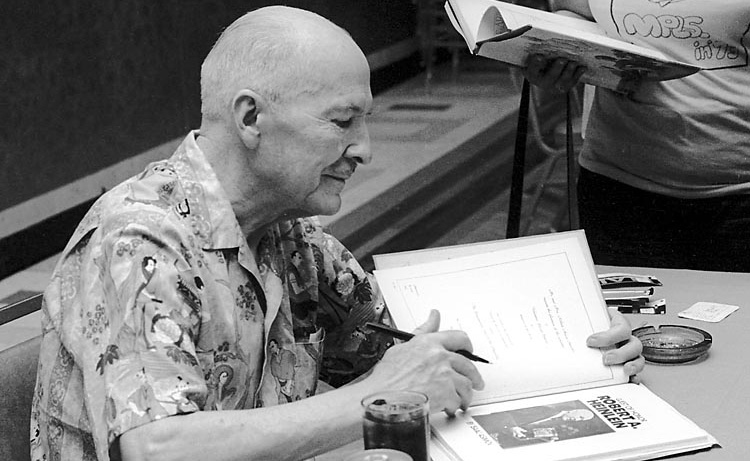I have been a fan of Ridley Scott’s Alien franchise since I was a kid. I saw every movie in theaters and many times at home. The first film was a masterpiece. The second and third were good. Prometheus was a strong effort and worth watching.
Alien: Covenant was crap.
For a decent review and summary of the movie’s failures from a big-picture audience perspective, go have a look at John Nolte’s review here.
But today, I wanted to write about the movie’s failures from a writer’s perspective. As a preface, let me say that I’m not an expert writer. I’m just beginning to learn the craft of creating fiction. But there are some fundamentals that even beginners learn that are absolutely mandatory in certain types of stories.
Now, before I go any further, I feel it necessary to warn you.
THIS WILL CONTAIN SPOILERS.
THIS WILL CONTAIN SPOILERS.
THIS WILL CONTAIN SPOILERS.
If you read past those warnings, don’t get angry with me and send me hate emails because you found out something about the movie you didn’t want to know. I warned you.
Let’s start with the obvious – genre. This is a science fiction action thriller with horror elements. The science fiction is there, so no need to dwell on that. The action is sometimes there and sometimes not. But that’s not the real problem. The problem is that the main structure of this film (indeed, all Alien films) purports to be that of a thriller but fails to deliver on those promises.
There are some required elements in a successful thriller story. Some of those required elements are found in Alien: Covenant. The problem is that even when the elements are present, they are misapplied.
For example, two closely paired elements in a thriller are the “speech in defense of the villain” and the “hero at the mercy of the villain” scenes. Often, these are found jammed together in the same scene. Think of James Bond on the table while the laser is coming at him, and the villain is spewing some drivel about how he’s so much smarter than the masses and will take over the earth. That’s both scenes in one. The hero is supposed to call on some skill, talent, or special gift at his or her disposal to escape that situation. And as for the villain, it’s a bonus if the villain’s worldview is partially justified or understandable.
In Alien: Covenant, we have a problem. The “villain” in all the other movies was the alien monster. Even when dirtbags helped put Ripley or others at risk, it was still the alien that was the real evil in the Alien franchise. The “helpers” of the alien monster were secondary goons.
In Alien: Covenant, the villain is David, the android who is manipulating genetics and biology to create the alien monsters. The audience learns this almost halfway through the film. And then, the story continues to build as the bad android maneuvers to beat the hero. The “good” android (both androids are played by Michael Fassbender) tries to stop the “bad” android. And in a “twist”, the bad android kills the “good” android and assumes his identity to get back onto the ship with the crew. The way this is handled is supposed to leave the audience unsure about whether the android going back with the crew is the good or bad android. But let’s face it, no one is stupid. This has been done so many times before. The bad android goes back to the ship and pretends to be helping the crew fight the alien monster.
And then it all falls apart. A key component of a thriller is suspense. The writer has to find a way to create tension by not letting the audience know something (the twist or big reveal) or by letting the audience know exactly what’s going on and squeezing the tension by prolonging the inevitable (the hero now finding out the truth for a long time until the stakes are high). In Alien: Covenant, almost everyone knows that the bad android got back on the ship. There’s no surprise or big reveal there. So, that means we settle in for the big suspense build where the hero doesn’t know and has to find out before the big battle with the villain. Right? Wrong.
As I said above, there has to be a moment where the hero is at the mercy of the villain and somehow escapes through her own resources. In Alien: Covenant, the story sets that up as a brief and uninspiring fight between the hero and the alien, but it goes nowhere. The hero’s triumph over the alien is unfulfilling and tepid. Why? Because by this point, the audience KNOWS that the real villain is the android. There’s no big reveal for us – no twist. That means the audience becomes aware that they’re on the hook for a suspense ride as the hero gets deeper and deeper into trouble before finding out that the bad android is the villain, at which point we’ll see a big showdown. So, when the hero defeats the alien, everyone is waiting for the REAL conflict between good and evil. We’re waiting for the moment when the hero discovers for herself that the android is an imposter and defeats him in a battle of some sort.
As a paramount issue, it’s absolutely critical for a successful thriller that the hero (good) triumph over the villain (evil). If a thriller ends with evil winning, it takes a supremely skilled writer to pull that off. The reader/audience have been identifying with the hero and rooting for him/her to win. If you’re going to go against that expectation, it better be absolutely brilliant. Literary novels and social commentary films sometimes have the bad guy winning. But they don’t satisfy the audience, and they don’t win at the box office. Why? Because humans want the good guy to win. That’s it. It’s that simple.
Some may say that an example of a successful version of evil winning as part of a successful story is Silence of the Lambs. But that’s not right. People don’t remember that film (or the book) very well. Anthony Hopkins only has a few minutes of screen time in that flick. The MAIN story is Cadet/Agent Starling and the FBI vs. Buffalo Bill. And Starling (good) wins over evil (Buffalo Bill). Because Hannibal Lecter got away at the end, and because Hopkins’s performance was larger than life, many people INCORRECTLY think that his presence and escape were the main story. They weren’t.
I can’t really think of a non-literary/non-high-falutin’ film right now that had the villain winning that succeeded and satisfied the audience. Now, let’s not count series installments with cliffhangers. That’s a different thing altogether. I’m talking about a self-contained story with an ending where the hero loses and the dirtbag wins. That kind of story just doesn’t win audiences over very well.
Now, one more time, I’M GOING TO TALK ABOUT SPOILERS HERE.
In Alien: Covenant, the story completely collapses after the hero kills the alien. She goes back into the ship, where only she and one other crew member are still alive. They decide to go back into hypersleep to carry on to the new colony planet, while the android stays awake to take care of the ship. In the big scene the audience has been waiting for, the co-pilot is already asleep, and the hero is climbing into her pod. She looks up at the android and asks him if he would help her build her cabin on the lake when they get to the new planet. The android stares back with a blank and bewildered expression. THIS is the moment when the hero knows he’s the bad android, because she and the good android had already discussed the cabin. The bad android didn’t know what she was talking about. So, when she realized this, she knew he was the bad guy. And she’s at the android’s mercy, because she’s in the pod with the hypersleep process beginning to take over.
So, what’s the problem? We’ve got the perfect setup. The hero is at the mercy of the villain in the pod at the moment when suspense is at its peak and she discovers the truth. The expected sequence that should follow would be her getting out of the pod and engaging in a big physical battle with the bad android and somehow defeating him using some knowledge or talent she gained earlier in the movie. Then, when she wins, the hero defeats evil, and the audience is satisfied with the arc of the story. Even if there’s a little twist at the end that sets up a possible sequel (e.g., an alien hanging onto the outside of the ship), the MAIN STORY ends with the hero beating the villain.
Nope. Didn’t happen. Ridley Scott screwed this up. And he didn’t have to. He knows better.
In Alien: Covenant, the hero discovers that the bad android is on the ship as she’s being put into hypersleep. She desperately bangs on the door of the pod to escape, but it doesn’t work. She falls asleep. She fails to escape the pod. It’s over.
And the film ends with about three minutes of the bad android looking smug as he walks among the 2,000 colonists’ bodies in hypersleep (a farm of ready-made bodies for the alien development he’ll be doing) and puts two alien embryos into storage for the trip to the planet. There’s no doubt that he’ll be using those two embryos and countless human bodies to continue his despicable work breeding alien monsters.
That’s it. That’s how the movie ends. The hero and co-pilot are locked away unconscious in their pods, and the evil android is about to set to work on raising thousands of alien babies in human colonists’ bodies.
The effect on the audience is palpable. I heard groans in the theater. Lots of chattering and negative comments as I walked through the lobby.
Imagine the same thing in the context of a book. For a movie, we spent two hours that ended in a disappointment. For a book, the reader spends MANY more hours invested in the hero’s struggle against evil.
If you’re a writer, be careful. Be very, very careful.

